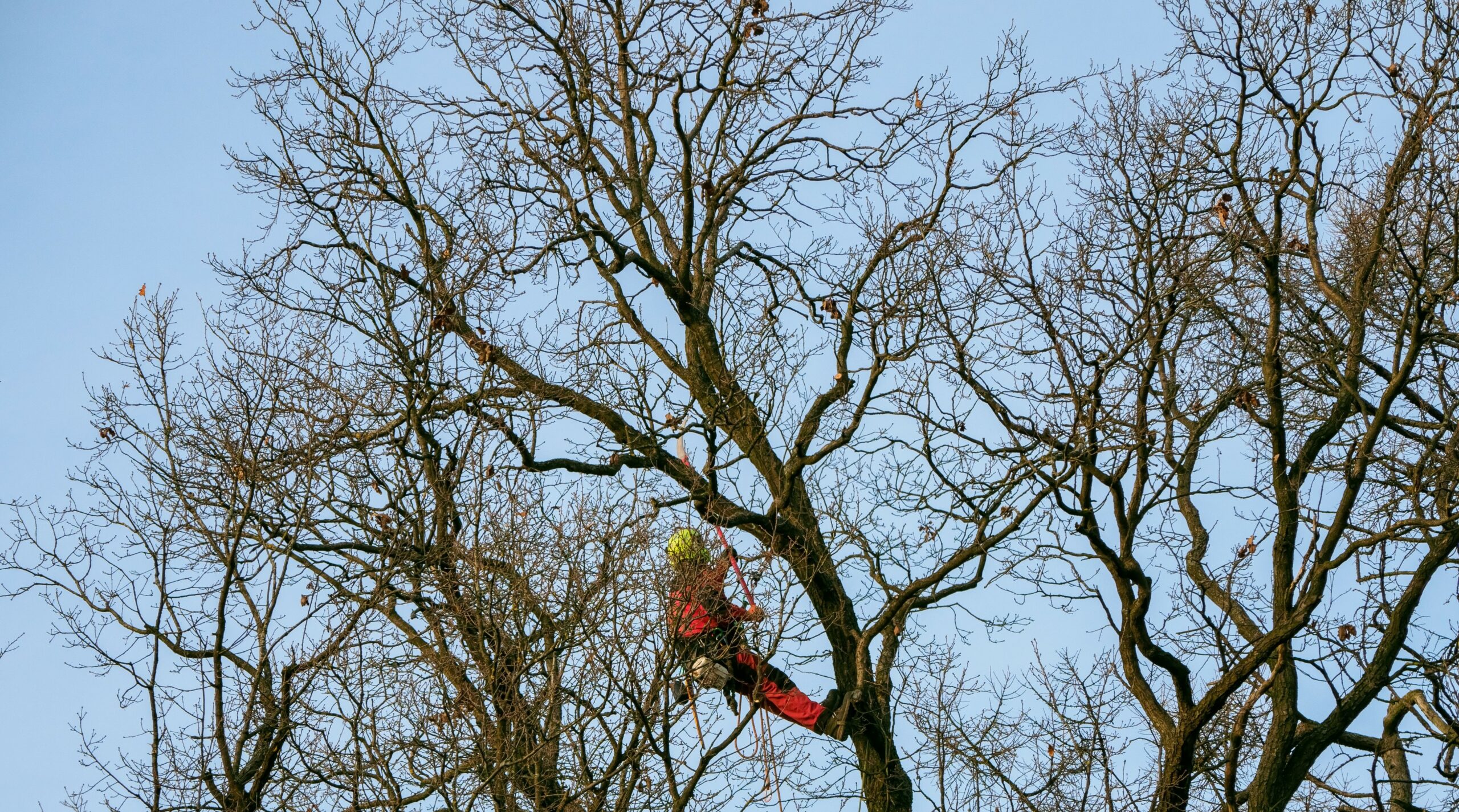Snapshot
Utility companies are doing their part to prevent wildfires by staying one step ahead of equipment damage or failures that can create fire risks. One California utility approached Logic20/20 about using a type of artificial intelligence called computer vision to reduce remote aerial image inspection time and cost, with the goal of finding and replacing damaged equipment before it fails and sparks a wildfire. Today we are defining and executing on a roadmap to detect equipment, attributes of that equipment, and any damage to that equipment. The results are used to assist and prioritize inspections and maintenance—with up to 80 percent accuracy in detecting the presence of certain equipment as we iterate towards automated inspections.
We brought our expertise and experience in:
- Machine learning
- Computer vision
- AI model development
- Strategic assessment
- API development
- UI and UX design
- Analytics dashboard design
- Scaled Agile Frameworks (SAFe)
A West Coast power player
Our California-based client is one of the largest combined electric energy and natural gas providers in the United States, serving more than 16 million people. Their service area encompasses over 100,000 circuit miles of electric distribution lines that deliver power to more than 5 million electricity customer accounts.
Bridging the data gap
The utility had historically relied on in-person, on-site inspections to identify possible fire risks due to equipment malfunctions. Not only was this approach costly and time consuming, but results also tended to vary from inspector to inspector. To address these challenges, our client had established a remote inspection platform using high-resolution drone imagery. They needed an efficient way to analyze a huge volume of photographs in identifying asset anomalies that require investigation—like equipment that’s worn, corroded, contaminated, or corona-damaged.

Finding needles in a massive haystack
Logic20/20’s data scientists and engineers worked with the client on using machine learning models—specifically, computer vision—to augment the asset evaluation and risk identification process. Our approach began with joining the client’s SAFe Agile environment to take ownership of the product vision, roadmap, development, analysis, and relationship with stakeholders.
Creating and enhancing AI models
The initial assessment enabled us to understand the client’s existing data architecture and create recommendations for development of the platform and the product vision and roadmap. We focused on AI models to detect insulators and their attachment hardware, which are the most common cause of the most catastrophic failures. We then enhanced these models to classify various attributes of the detected equipment that contribute to better inspection and maintenance decisions as well as decrease inspection time. Our teams improved UI/UX, developed APIs, and built front- and back-end integrations with some of the client’s existing platforms.
Delivering data-driven predictions
The AI models we created help match images with structure IDs and access paths to ensure that our client’s structure data is correct. We also developed a tabular report to deliver predictions—with confidence percentages—on equipment presence and damage, as well as other helpful data about the utility’s structures.
Enabling continuous improvement
We built a dashboard for tracking the metadata of each AI model to uncover opportunities for improvement. Our data scientists are lending their expertise to further enhance existing models and enable faster development of new ones.
Powering future goals
Another long-term goal for our client is to automate the inspection process to drive further productivity and cost-management benefits. Our team will be developing an automatic feedback loop enabling inspection results to be used in re-training and continuously improving AI models. We have also been asked to re-inspect several structures to help the client use AI-based predictions in prioritizing future re-inspections.
Building a brighter—and safer—future
As a result of this initiative, our client can quickly identify possible fire risks among the thousands of drone images streaming in on a daily basis. By using AI-driven predictive models at an early stage, they can make the necessary repairs before equipment defects can turn into fire hazards.
With Logic20/20’s help, this utility has implemented best practices for product management, software engineering, and data science to guide future enhancements, enabling continuous improvement for their wildfire mitigation system. Fire hazards can be identified promptly and accurately at a lower cost, enabling our client to play a proactive role in preventing future fires and protecting California’s communities.

